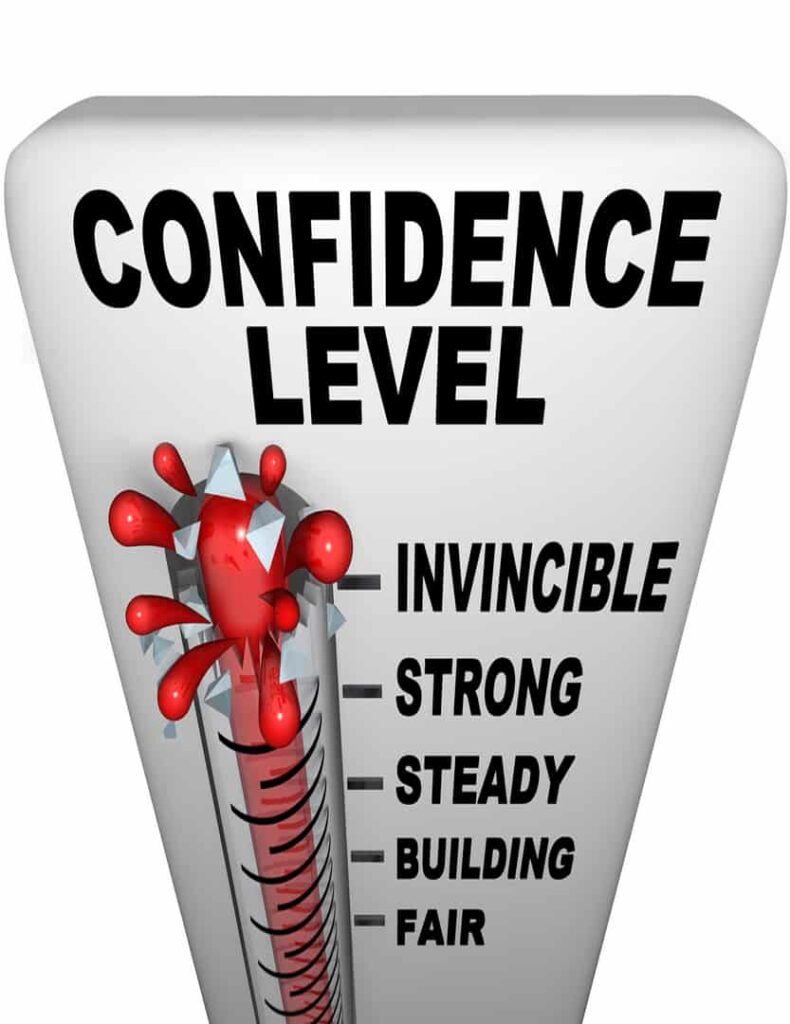Tone of voice: the best writing tips for your brand
Everyone writes as part of their profession now. Articles, blogs, social media commentaries, white papers… at every level, we are expected to be able to represent our company in writing. This is risky. A hundred people have a hundred opinions and a hundred writing styles, which is great for a library, but counter-productive when it comes to representing a single company. That means we should agree about the tone of voice. What will we be saying and how will we be saying it?
In this article, I will list a few simple examples that show how these agreements can inspire you.
Stimulus > response
Why do you write about your brand anyway? To express how good you are? Wrong. You write to let the reader express how good you are.
Stimulus > response, that’s the principle behind every form of communication. Feed your audience with information that lets them reach the conclusion you want them to reach.
‘Information’ is open to interpretation here. Your content and commercials, your promotional deals, social media and complaints handling, your warranty provisions and the charities you support. In short, everything you do on behalf of a brand. Too much to list, let alone cover it here. So I’ll just limit myself to one means of communication: the written word.
A brand is a person
After considerable thought and research, we have defined the qualities of our brand. Needless to say, these qualities are very positive and distinctive. But is that how the target audience sees us? That’s not a given. We have to work on that. Our identity as a brand person also calls for a verbal identity. That’s what we would call the tone of voice: an internal agreement to ensure all external texts fit our brand.

Tone of voice guidelines can be far-reaching. I used to work for a large bank. They delighted me with a 31-page document at the very first interview, which meticulously described how company employees were to handle ‘a uniform communication with the client as regards the written communication during non-live contact moments.’
To a professional copywriter, this is pretty interesting and to a certain extent, manageable. But to those who don’t earn their living by writing, it’s a paralyzing kind of catechism.
Here are some simple principles that will serve you much better. Let’s begin with defining our fictitious brand identity and then see how this affects the tone of voice of our texts.
Our brand is
- Friendly
- Imaginative
- Confident
That will do nicely. But how do we use our identity when writing texts? There are two ways: as an inspiration and as a check-list. Let’s review this for each quality. You will see that even the most modest of texts can be lifted by a touch of personality.
We are friendly
To get some inspiration, look for associations and synonyms: welcoming, sympathetic, supportive, warm, down-to-earth.

- Welcoming
How do we make people feel that they are welcome, a part of our club? Address your reader as if you’re sitting at the table together. Avoid the excessive use of your brand name and vague terms like ‘our company’ and ‘the people’. Instead, opt for ‘we’ and ‘you’ to make your audience feel engaged. - Sympathetic
Show that you sympathize. Talk about problems that you have solved. About all those times when you really made a difference for someone. - Supportive
Think of examples that show how we help each other, how we have made our customers’ lives easier. Be helpful, give advice and encourage feedback. - Warm
Add warmth to your words. Write as you would talk to someone that you like. Use humor. Don’t bore the reader. - Down-to-earth
Avoid fancy words and don’t bombard your reader with jargon. Writing is a way to connect, don’t add needless obstacles.
We are imaginative
Look for synonyms: visionary, creative, experimental, open to new ideas, at the cutting edge.

- Visionary
Remind yourself who you are talking to. What may be seen as visionary by one audience, but not by others. Adjust your topic to your audience and immerse them in your story with an original, exciting heading. - Creative
How did you reach real innovation? What unusual solution did you conjure up? It doesn’t matter if these feats were small or large. - Experimental
When did you wander off the beaten path and what was the result? Why did it work? Let it resonate in your text that you have the flair to think ‘out of the box’. - Open to new ideas
This is a quality that we all claim to have, but the trick to this lies in how you tell others about it. What new ideas inspire your brand and have brought it to its current status? - At the cutting edge
Think about large brands who have emerged from nothing in recent years and how they communicate in simple, direct language about their groundbreaking activities. Can you write about your brand in the same way?
We are confident
Describe this word: competent, an authority, proud of our performances.

- Competent
Talk about things that back this up. If we can do something that others cannot, if our talent has impacted the world, write about it. - An authority
Don’t mistake this for being pompous or throwing around industry jargon. It’s about demonstrating that we know what we’re talking about. We are the authority. Be specific about your expertise: how many years, what results, what awards? It’s much more effective here to list reviews and comments by others, rather than laud ourselves personally. - Proud of our performances
Yes, we are proud. Yes, this is exciting… Put some emotion in it. Just remember to add facts to your story. A story of success is not about patting yourself on the back, but about presenting relevant information.
There are plenty of rules that govern our work already, and while we can’t do without them, they do limit us. The tone of voice must be protected, and that requires a framework. But above all it must be applied with enthusiasm, and that calls for freedom and inspiration. By using the personality traits of the brand person as a source of inspiration and as a control mechanism, every employee can write texts that help build a brand.
Do you want to read more about this topic? One nice article – one that inspired me when writing this story – is WRITE, an internal document of the University of Leeds. You can download it as a pdf and it also contains one of the better top-10 tips lists about writing for the internet.
